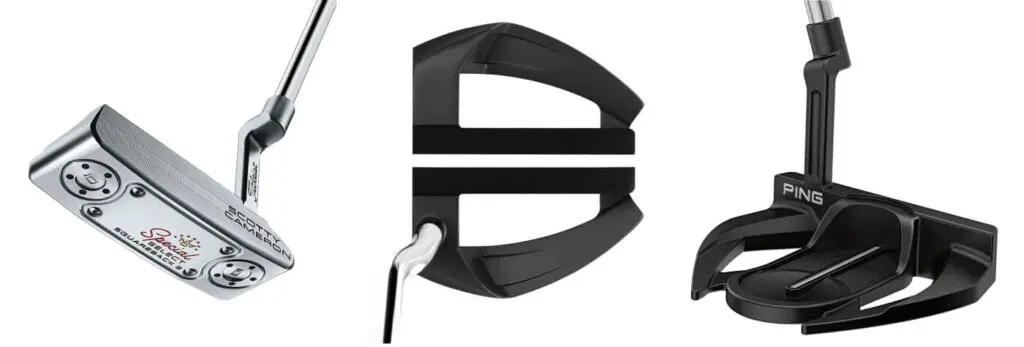Unfortunately confidence in your putting game can deteriorate very quickly if you start missing short putts consistently. In all honesty, it only takes a few rounds missing multiple putts inside 4 feet before it becomes clear that something needs to change.
In this scenario, there are a number of things that you can try to fix the problem, including:
- Changing the physical grip of your putter
- Changing the putter that you use
- Changing the grip that you use to hold the putter
The best part of changing the grip you use to hold the putter is that it doesn’t cost you anything, and it could be the exact change-up you need to restore your putting confidence.
Thankfully, changing to cross-handed putting is drastic enough to give you a completely fresh start mentally. It gives you the opportunity to wipe the slate clean, erasing all your putting mistakes of the past. Also, if it works for you, you might not need to change your putting method for the rest of your life.

